5.22.13 Garden Variety
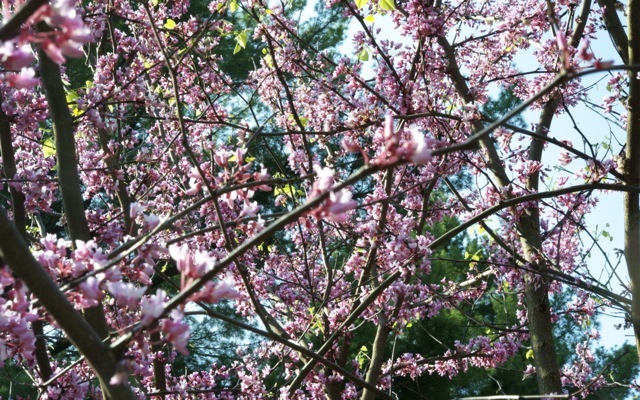
photos by gluttonforlife
I wish you were here. I would lead you down the garden path. Pause with you under the redbud so you could hear the gentle drone of the bees as they gorge on sweet nectar. Guide you through the gauntlet of green, tender shoots brushing your legs as you pass. I would crouch down with you and show you how to crush the fronds of chamomile between your fingers to release the strong scent of tart apples. I would take you to the cool woodland corner where trillums bloom and ferns unfurl. I would remind you to look at every leaf and blade, every bud and sprig, every flower and sprout and in this way, with the sun on your face and the breeze in your hair, you would feel so alive. Walk with me.
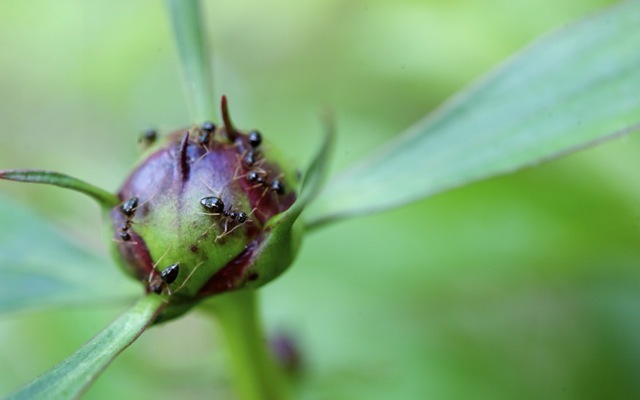
ant eaters
The ants enjoy the light frosting of nectar that covers the peony buds. In return for this treat, their activity helps the tight bud open as June approaches. Soon its fuchsia flounces will emerge like a frothy evening gown from the 80s.
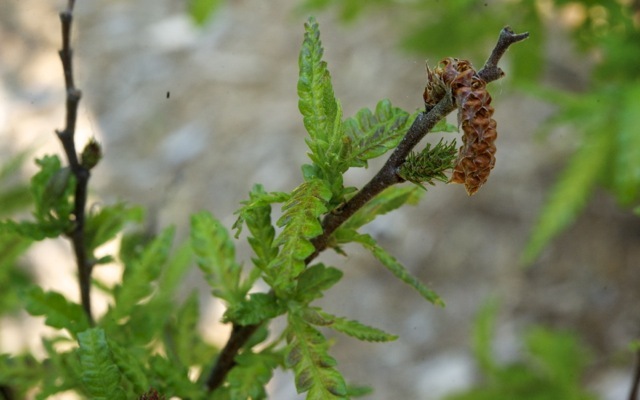
meow
At this time of year, many plants and trees produce catkins, slim, cylindrical flower clusters that are pollinated by wind or sometimes insects. They have a languid, drooping beauty that reminds me of a 1930s silver screen siren.
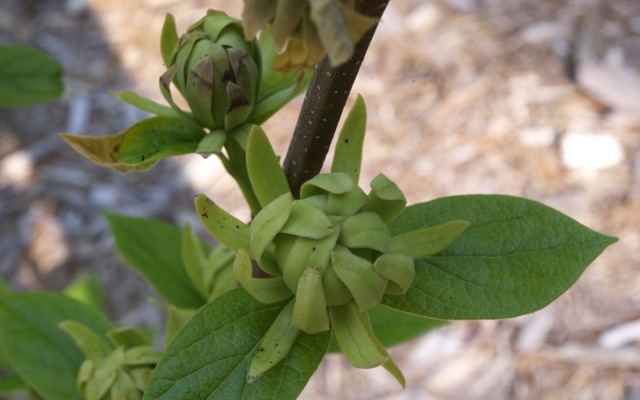
sweet smell of success
The angular flowers of sweetshrub emit an oil used in expensive perfumes. Its scent is reminiscent of bubblegum. The bark has a strong camphor smell that is released when the stems are scraped.
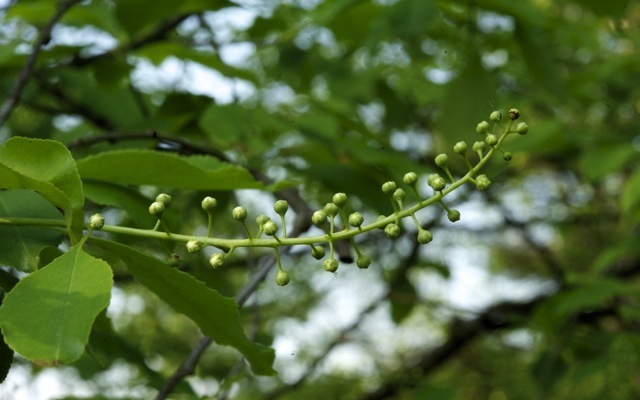
pin cherry
This flower stalk on the pin cherry tree is about to burst into bloom and will waft a sweet perfume that is absolutely intoxicating.
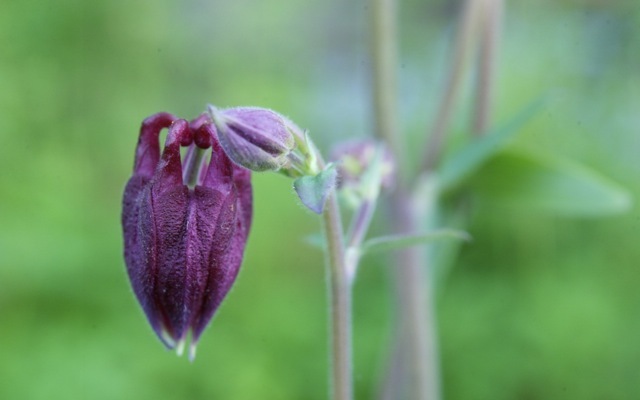
budding beauty
Columbines have self-seeded all over the garden and their nodding heads add a spot of color in early spring.

flower power
They come in striking hues and the open flowers remind me of a jester's cap.
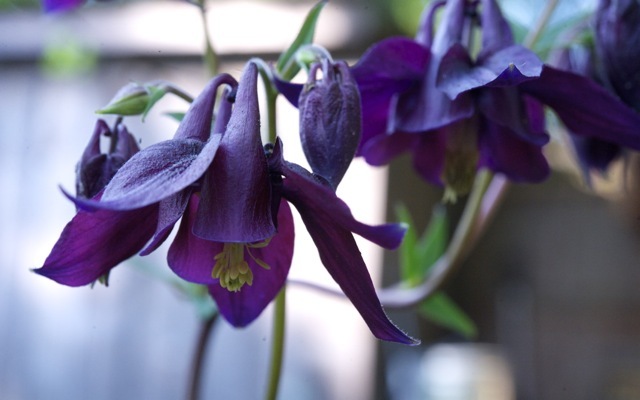
royal specimen
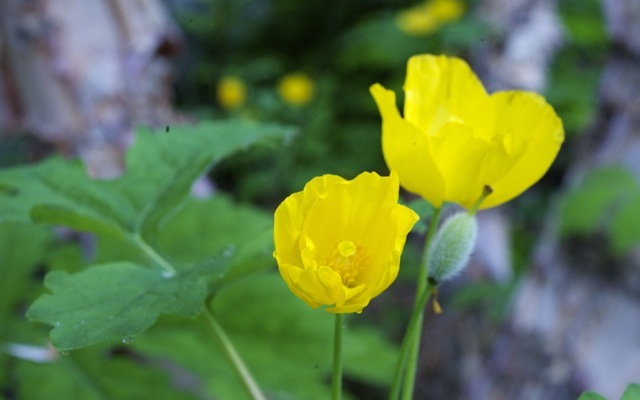
sunny disposition
These gorgeous wild poppies have also spread from the original plant into dozens of smaller ones that thrive in the shade of the river birch.
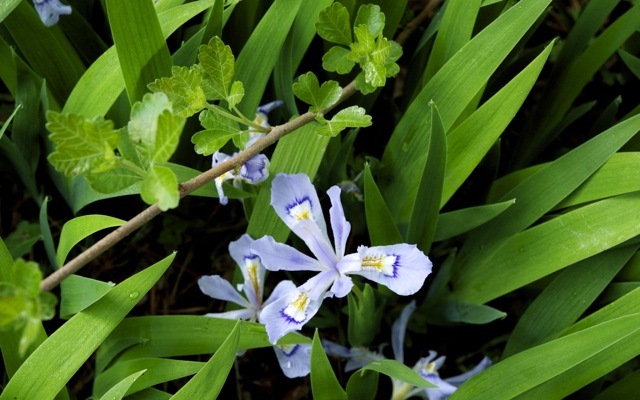
ground cover
Wild iris and scented sumac are twined together in low clumps.
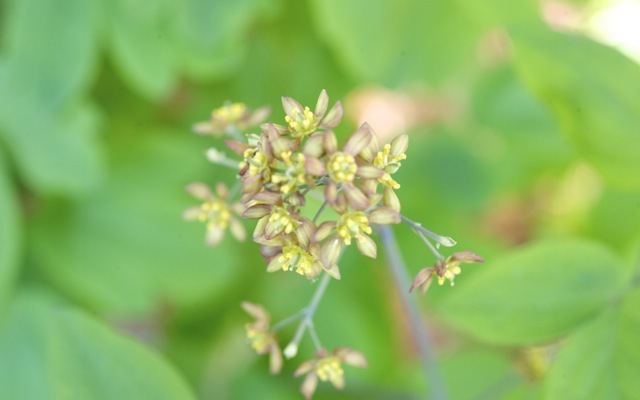
blue belle
The graceful blue cohosh puts out these lovely clusters of tiny flowers that will give way to berries whose dark color is a more intense version of the dusty blue of its stems.
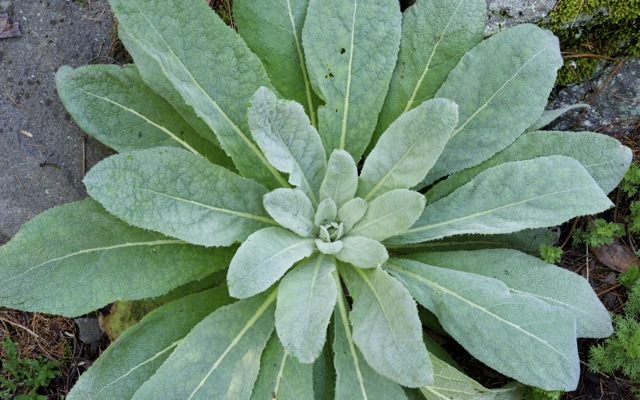
healing touch
Mullein volunteers all over our yard in these hairy star-shaped configurations. It is prized for its emollient, anti-inflammatory and astringent properties and apparently also makes a good dye—something which I hope to see for myself this summer.

green light
This gorgeous stand of ostrich ferns outside our front door got burned in a late frost. I removed all the shriveled brown bits and they look pretty hardy now. This amazing yellow-green will soon deepen.
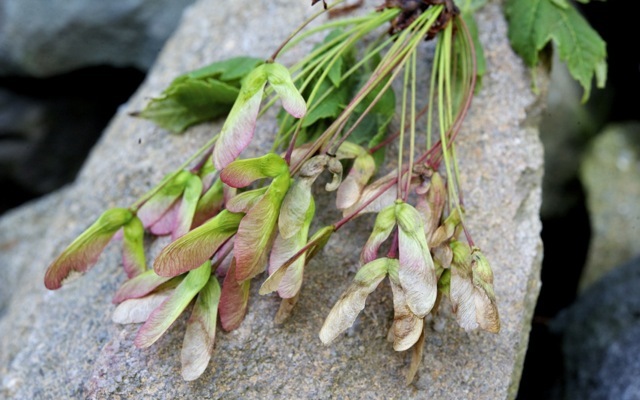
maple
Maple trees drop these seed pod clusters in an attempt to spread far and wide. Like all of us, they just want to live long and prosper.
What remains to show you is the entire vegetable-growing operation. It's pretty impressive this year, with three new raised bed areas and a dedicated herb garden. We are even tending our own hops! That will be our next garden tour...
What remains to show you is the entire vegetable-growing operation. It's pretty impressive this year, with three new raised bed areas and a dedicated herb garden. We are even tending our own hops! That will be our next garden tour...






4 Comments